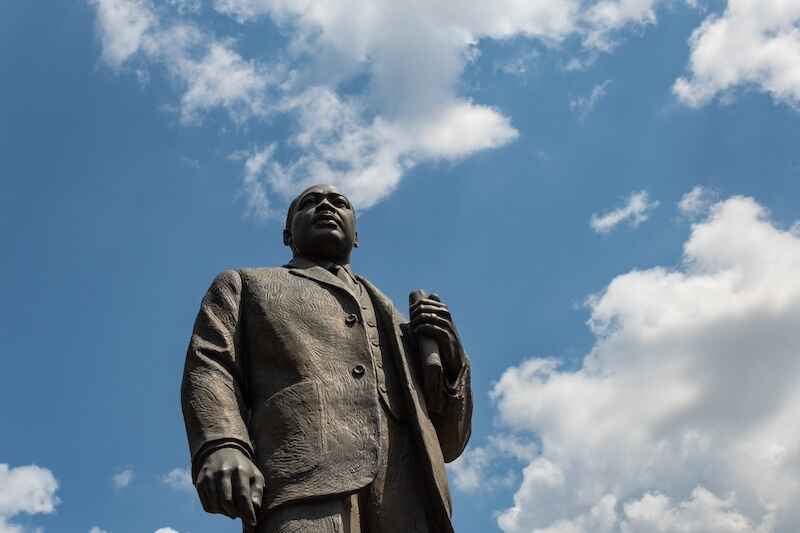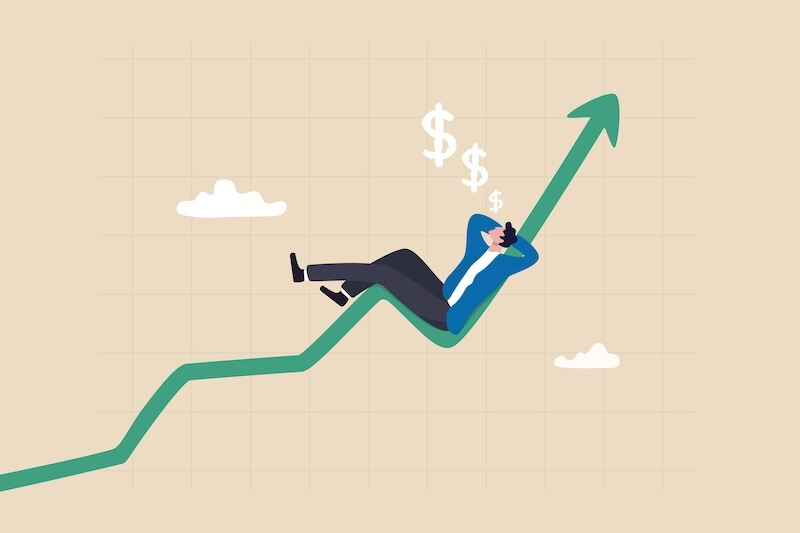Sir John Templeton was a pioneer of both contrarian and international investing.
Templeton famously took the strategy of “buy low, sell high” to an extreme – investing in countries, industries and companies that others ignored or hated.
In September 1939, Templeton was in his office at Manhattan’s Rockefeller Plaza when the news broke out that German troops had invaded Poland.
Templeton borrowed money to buy 100 shares each in 104 companies that were selling at $1 per share or less. Their ranks included 34 companies that were in bankruptcy.
Out of the 104 companies, only four turned out to be worthless – and he made large profits on the others.
Decades later, in 1980, a communist group called the Shining Path took over Peru, imposing “a dictatorship of the proletariat.” Western economies saw it as a terrorist organization and deserted the country.
The Peruvian stock market collapsed. But foreigners were not authorized to buy stocks in Peru. As a workaround, Templeton formed a Peruvian corporation to buy up the country’s leading companies.
After the reign of the Shining Path ended, the Peruvian stock market soared.
And Templeton made a mint for himself and his investors.
Today, Russia occupies the same position that Germany and Peru once did – the most hated nation (and stock market) in the world.
As was the case with Peru years ago, it is illegal for Americans to invest in Russia today.
Of course, much depends on the outcome of the Ukrainian-Russian war and Russia’s reintegration into the global economy.
But based on Templeton’s “principle of maximum pessimism,” I have no doubt he would see Russia as one of the best investment opportunities of the next decade.
The Russian Market’s State of Play
Templeton summed up his philosophy of investing this way:
People are always asking me where is the outlook good, but that’s the wrong question. The right question is, where is the outlook the most miserable? In almost every activity of normal life, people try to go where the outlook is best. You look for a job in an industry with a good future or build a factory where the prospects are best. But my contention is, if you’re selecting publicly traded investment[s], you have to do the opposite.
Today, Russia offers one of those once-in-a-lifetime opportunities.
Trading in Russian shares was halted in both New York and London after the launch of the war. Others quickly followed suit.
Now Russia has banned foreigners from trading local stocks. Russian exchange-traded funds have become unavailable to investors. Russia has been excluded from the major global emerging markets indexes.
Meanwhile, the prices of all Russian assets have fallen through the floor.
Sberbank – Russia’s largest bank, with 281,000 employees and $78.3 billion in net equity – lost 95% of its value.
Russian debt is now selling for about $0.33 on the dollar. As a result, the Russian ruble has collapsed on world markets.
In a month’s time, Russia has morphed into the single biggest pariah of the modern investment world.
The Remorseless Logic Behind Rebound Investing
Yet a handful of investors are betting on an eventual rebound. And their bullishness has far more to do with price than politics.
I recently spoke to my friend Dante, an Italian hedge fund manager, about Russia. He sees the sell-off in Russian assets as an incredible investment opportunity.
He, too, cannot buy Russian assets, stocks, bonds or fixed income. But he did manage to buy neighboring Belarusian debt at $0.05 on the dollar.
Why was he willing to place this bet?
Dante understands the mathematics of rebound investing.
If the value of that Belarusian bond rises to $0.10 on the dollar, Dante will double his money. If it rises to $0.25 on the dollar, he will quintuple his investment.
Such is the remorseless logic of rebound investing. And you should consider some of the opportunities.
Yes, Russian stocks are among the most unloved assets on the planet.
But they represent actual firms operating in a real country that has a sophisticated workforce and a big domestic market.
Today, Gazprom is the world’s largest natural gas company and is Russian majority state-owned. It has a market capitalization of around $56 billion, trades at a price-to-earnings ratio of 2.6 and yields 5.7%.
In 2008, the CEO predicted that Gazprom would become the world’s first trillion-dollar company.
Imagine how much Gazprom will shoot up once the conflict is resolved.
The assumption here, of course, is that the Russia-Ukraine conflict will be resolved – and that Russia will be welcomed back into the global economic community.
Over a long enough time horizon, such a rebound is inevitable.
After all, Vladimir Putin is human. At some point, he will die or be overthrown.
Any regime change in Russia will open a whole new world of opportunities for global investors.
The Best Way to Invest in This Unlovable Asset
But how can you get your hands on Russian assets directly?
Well, today, sitting behind your laptop, you can’t.
Yet there are companies listed in other countries that have built their businesses primarily around Russia.
These companies are typically located in neighboring countries like Turkey, Hungary or Poland, to name a few.
According to FactSet, Hungarian and Polish stock prices have collapsed by about a third since January in a liquidation panic. They are oversold and very cheap.
And they stand to benefit from any rebound in the Russian stock market.
How can you profit from this?
BlackRock offers an exchange-traded fund, iShares MSCI Poland ETF (NYSE: EPOL).
A broader-based bet is U.S. Global Investors Emerging Europe Fund (EUROX). After exiting Russia, it has most of its funds invested in Poland, Turkey, Germany, Hungary and Greece.
The bottom line?
Sure, currently Russia is the “bad guy.”
The world has turned against the country and its leader. And Russian assets have been stranded, canceled and doomed. That’s a big change.
Remember, it wasn’t long ago that Russia was a member of the much-vaunted BRIC (Brazil, Russia, India and China) economies and one of the countries predicted by Goldman Sachs to dominate the global economy.
On a personal note, my view of Russia is decidedly mixed.
After all, both of my grandfathers fought against the Russians in World War II. And both of their families escaped to the West, forced to flee pillaging Russian troops in the dark of night.
Yet by the late 1990s, I was taking regular investor trips to obscure parts of Russia, looking at investment opportunities in the midst of a massive stock market boom.
As I did then, today I am looking at the Russia-Ukraine conflict purely through the lens of potential investment opportunities.
And if this isn’t a point of “maximum pessimism,” I don’t know what is.
So ask yourself, “What would Sir John Templeton do?”
The answer: He’d take the other side of the trade and wait for the inevitable rebound.
Click here to watch Nicholas’ latest video update.
For the latest news from Nicholas, connect on Facebook and Twitter.
Credit: Source link














